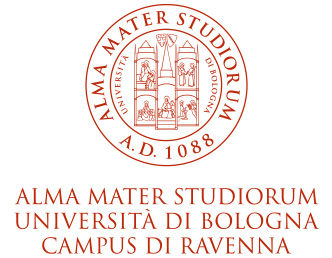Procedure, rules, written and oral, attendance, assessments and enrolment for exams
Assessment of an exam and recording the grade
Enrolment for exams
To enrol online go to the AlmaEsami service.
The performance of a student will be assessed for each course in a variety of forms (written exams, oral exams, tests, etc.) in accordance with the decision of each professor, under the general rules established by the Italian law. A description of the assessment methods and criteria is presented in the description of each course.
University of Bologna uses a grading scale from 1/30 to a maximum of ‘30/30 cum laude’. The Minimum passing grade is 18/30. A “Fail” or “Withdrawn” grade may be recorded if lower scores are obtained, but such fail scores are never reported in the official transcripts.
Sometimes Italian scores are converted to the ECTS system (e.g. in transcripts to/from other European universities). The ECTS scale is a grading system designed to facilitate the transfer of academic results (grades) between different national assessment systems in the European Higher Education Area. It allows the conversion of the grades from one country into grades used in another country, following common European rules.
ALTHOUGH THE ECTS SYSTEM USES LETTERS FROM A TO F FOR SCORING, THE MEANING OF SUCH LETTER SCORING IS DIFFERENT FROM THAT USED BY U.S. AND OTHER NON-EUROPEAN UNIVERSITIES. A DIRECT CORRESPONDENCE IS NOT PRESENT.
The ECTS scale is based on the results obtained by a uniform group of students (usually all students enrolled in a Program or in a School of the University in the same year) in a given period of time (usually from the beginning of academic year to the date at which scores are calculated), according to the following rule:
For example, the conversion table for Master Courses at the School of Engineering and Architecture of University of Bologna (Academic Year 2016-2017) is the following.
|
Italian Exam Grade |
ECTS Exam Grade |
|
30 L |
A |
|
30 – 29 |
B |
|
28 – 27 |
C |
|
26 – 22 |
D |
|
21 – 18 |
E |
Thus, it is clear that the ETCS grade is generally different than other letter-based grading system used in non-European countries (e.g. USA). Important differences are e.g. that in ECTS scale F grade is never present in transcripts, and that in order to obtain a given grade (e.g. A) not only individual performance, but also performance of other students is considered.
As an example, a grade of 28/30 may be considered. This is a fully satisfying grade in the Italian system, given to students that show a good performance at exams and corresponding to 90-93% fulfilment of assignments or objectives. Such performance would be usually ranked as A in U.S. and non-European Universities graduation systems. However, 28/30 corresponds to a C in the ECTS system when applied to students enrolled in Master Programs. This is due to the fact that in Master Programs usually many students show such a good performance, thus 28/30 corresponds to an average student performance.
More information on the ETCS grading tables can be found at the following link.
